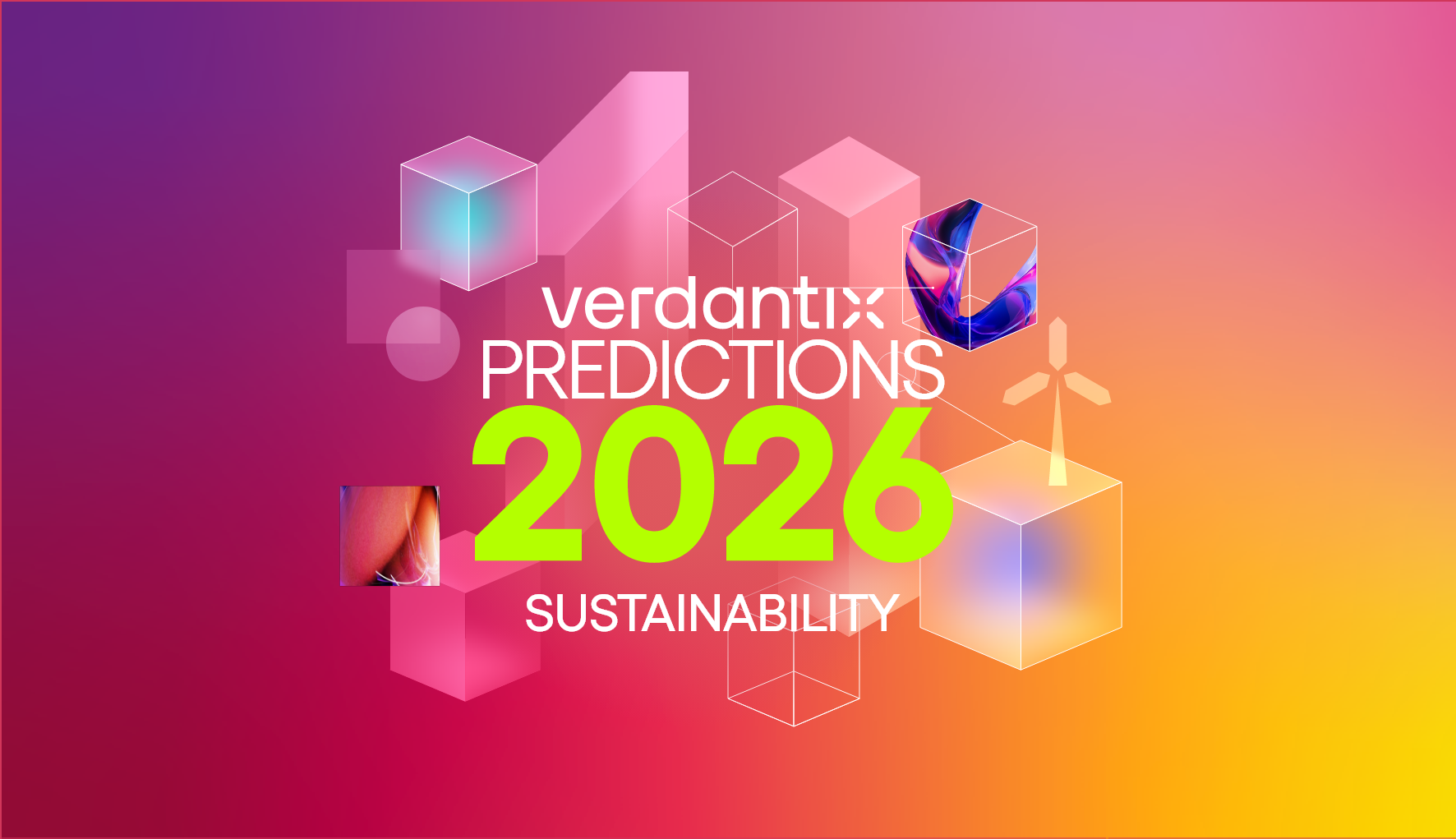The ISSB Expands Its Horizons To Biodiversity
Less than a year after the International Sustainability Standards Board (ISSB) issued its inaugural climate-related disclosure standards – IFRS S1 and IFRS S2 – the regulatory body has a new priority on its horizon: biodiversity.
The announcement won’t come as a surprise to those who have been following the ISSB closely over the past year, but it does spotlight the connection of biodiversity and nature-related risks and opportunities to business.
In a press release, the ISSB announced that it will be building from relevant pre-existing initiatives, including the Task Force on Nature-related Financial Disclosures (TNFD) and SASB standards to develop its biodiversity and nature-related disclosure standards. This approach mirrors that of ISSB’s climate-related disclosure standards, which drew inspiration from – and eventually took over – the Task Force on Climate-related Financial Disclosures (TCFD).
Why is this important? Ensuring interoperability between the major reporting standards is an important stepping stone to overcome the challenges of using multiple voluntary and mandatory disclosure frameworks. The TNFD is aligning with CDP’s disclosure standards and working alongside the GRI to inform the development of the GRI 101: Biodiversity standard.
Organizations should prepare early and anticipate mandatory implementation
While the ISSB cannot officially mandate the use of its standards, multiple jurisdictions are consulting the market on integrating the use of ISSB standards into their national regulatory frameworks. For example, the Canadian Sustainability Standards Board (CSSB) has released its proposals for the first Canadian Sustainability Disclosure Standards based on ISSB standards, and the Sustainability Standards Board of Japan (SSBJ) has issued exposure drafts of sustainability disclosure standards which incorporate all requirements of IFRS S1 and IFRS S2.
The TNFD requires firms to disclose nature-related risks and dependencies throughout their value chains and portfolios and encourages them to improve the quality of their corporate reporting over time. This calls for regular monitoring, assessments and disclosures, which can become complicated due to challenges with insufficient data collection processes, inadequate internal expertise and complex value chain disclosure requirements.
The scale of the biodiversity challenge faced by organizations is evidenced in data released by CDP showing that nearly 70% of firms disclosing data through CDP in 2022 did not assess the impact of their value chain on biodiversity.
In a recent Verdantix blog, we outlined a number of steps organizations should take to comply with TNFD recommendations and integrate nature into wider ESG risk management practices. These steps include investing in education and expertise, establishing cross-functional working groups, acquiring business-relevant nature data, and investigating how a firm can leverage digital biodiversity and nature assessment tools.
To learn more about the TNFD, look out for our upcoming report on the impact of the TNFD on ESG and sustainability disclosures. To understand more about nature-related solutions, read the following Verdantix reports:
Strategic Focus: The Connection Between The TCFD, TNFD And ESG Risk
Strategic Focus: Navigating Nature-Related RisksAbout The Author

Luke Gowland
Senior Analyst





